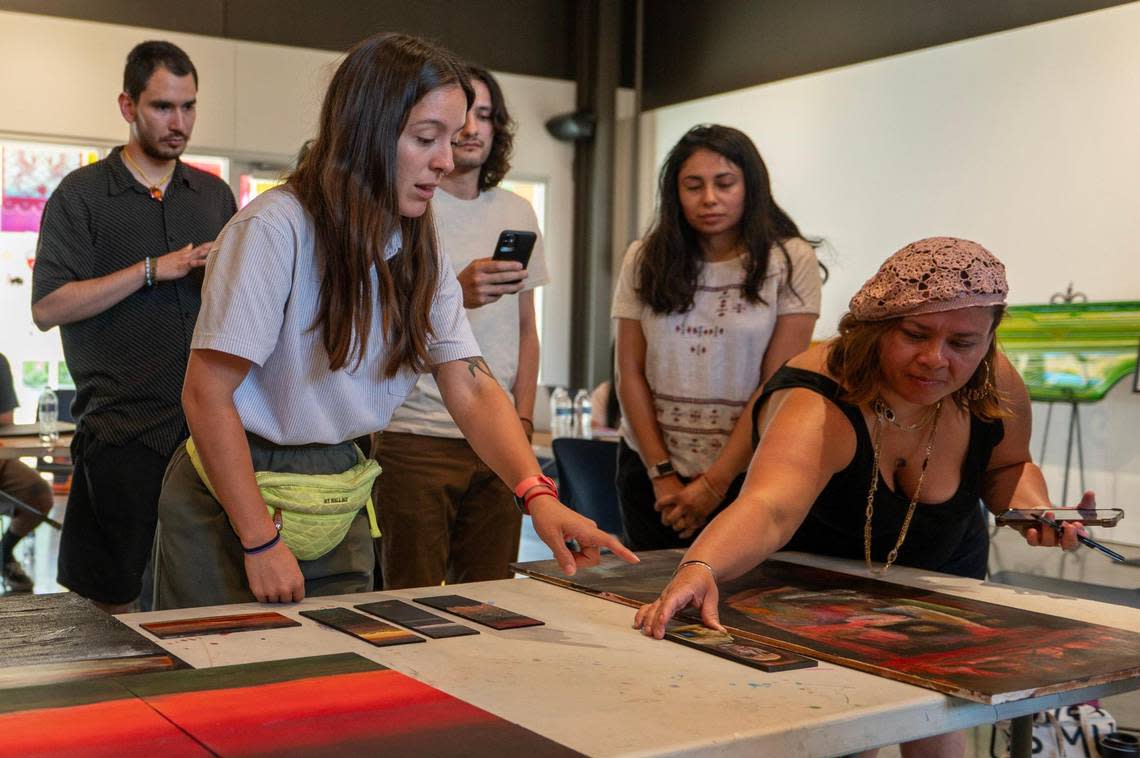These Kansas City Latino artists live in limbo under DACA — and that shapes their work
Of the dozens of murals Isaac Tapia and Rodrigo “Rico” Alvarez have created around town, perhaps the most prominent is their tableau on the walls of the new Kansas City International Airport terminal.
It’s also “super ironic,” as Alvarez puts it.
He immigrated to the United States from Uruguay as a child with his family. Tapia did the same from Mexico. And though they are here legally, they cannot leave the country without special permission.
“The irony of being able to step into an airport and say, ‘Hey, I did that,’ but I can’t go to that place nor that place. And so I can’t get on that flight nor that one unless I have permission from someone else,” Alvarez said.
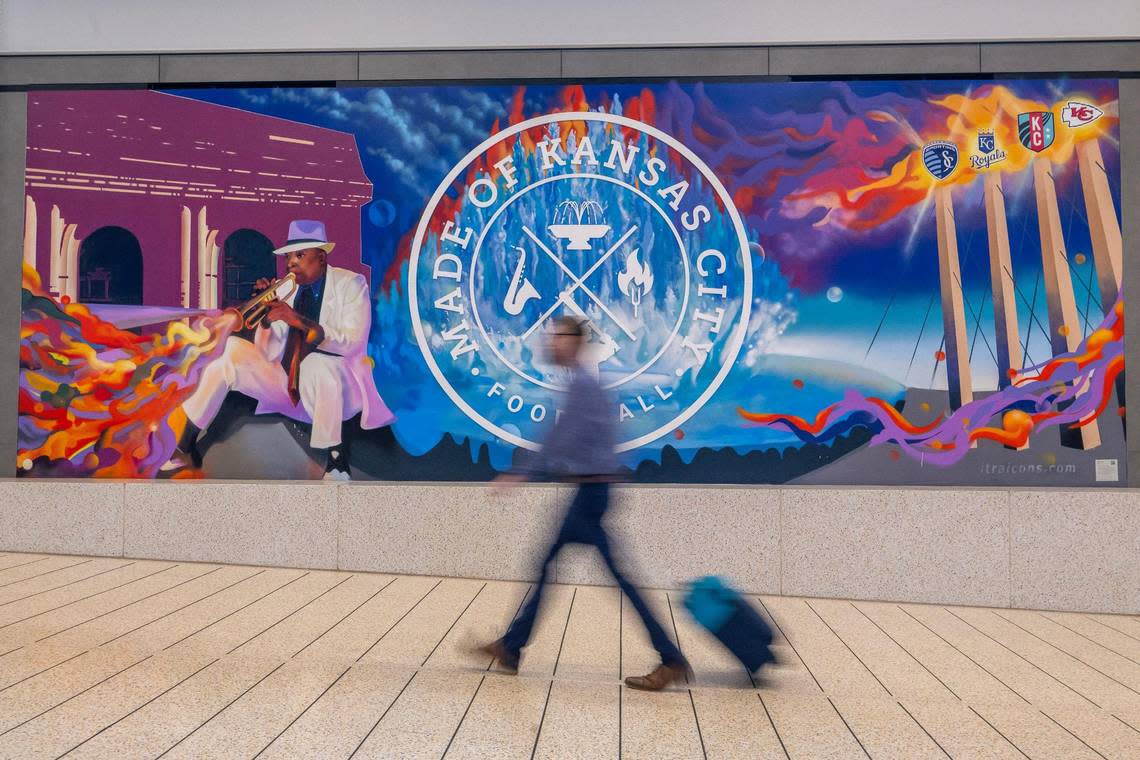
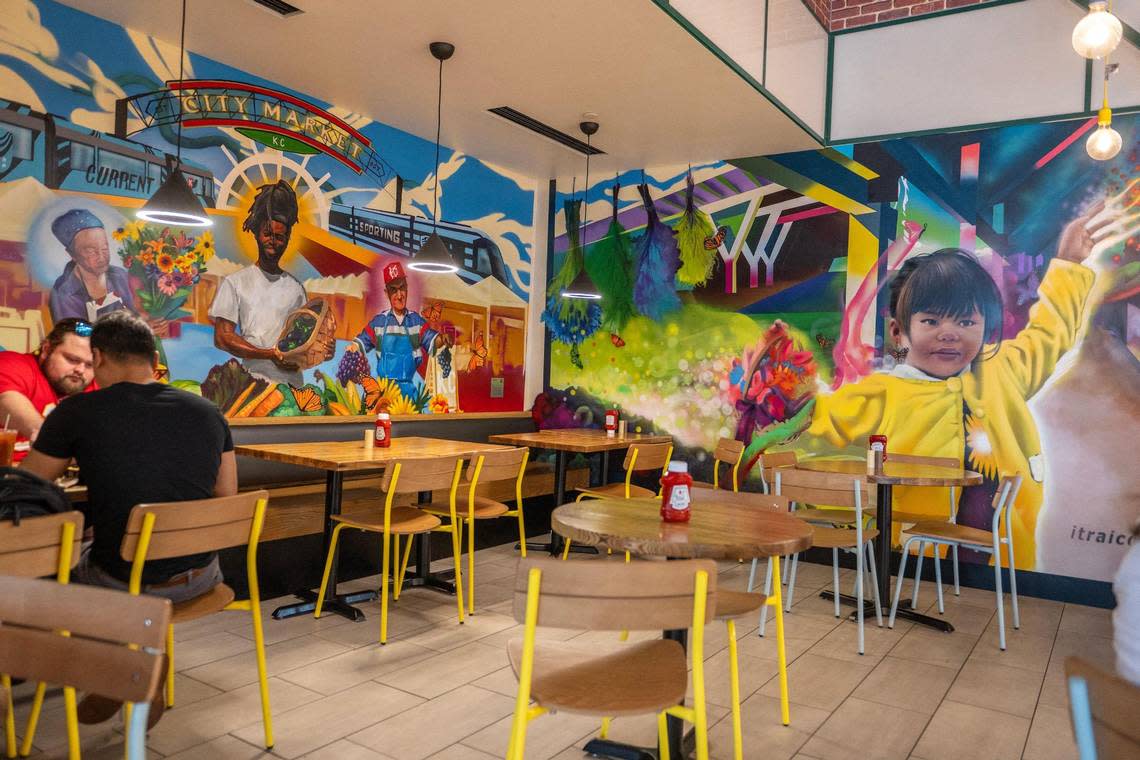
Both artists are among the more than half a million children of undocumented immigrants who can stay in the United States under the federal Deferred Action for Childhood Arrivals, or DACA, program, enacted in 2012. Most came from Mexico and other Latin American countries and are now adults.
They can work and go to school, but with no path to citizenship or access to federal welfare programs or student aid.
And at any time, politicians or the courts could make DACA disappear and they would be deported to places that are at best just a foggy childhood memory.
In Kansas City, Latino artists weave this sense of living in limbo into their creations.
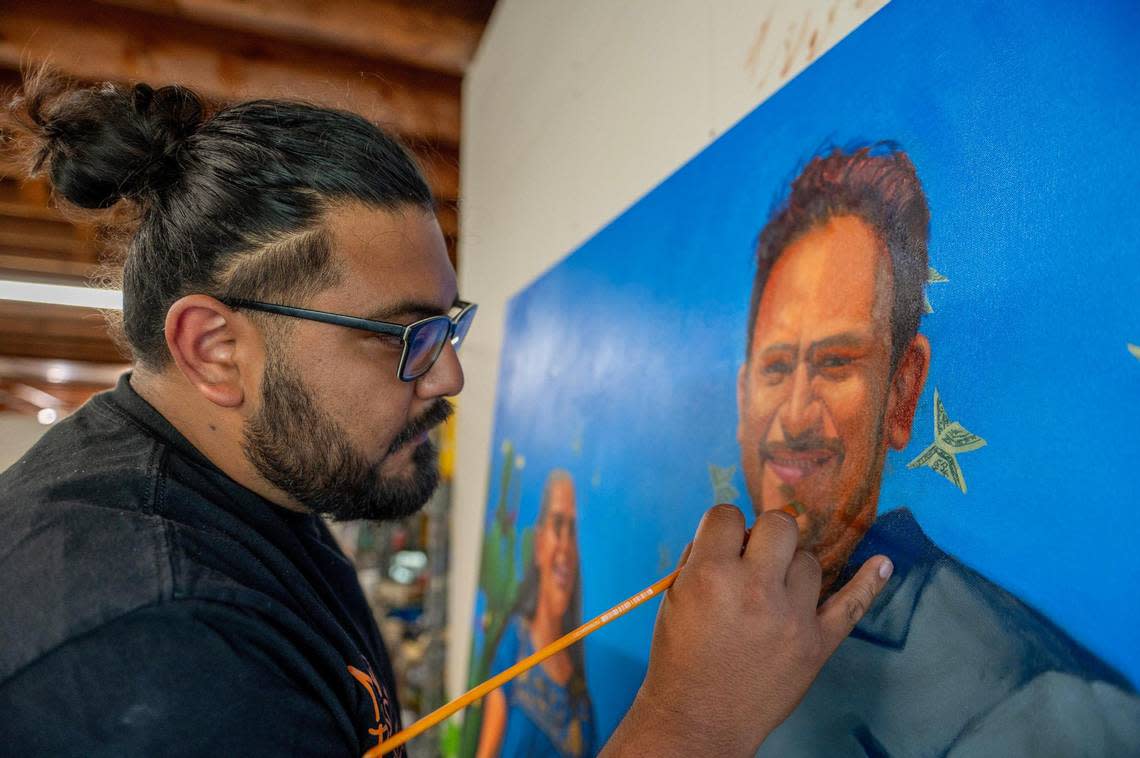
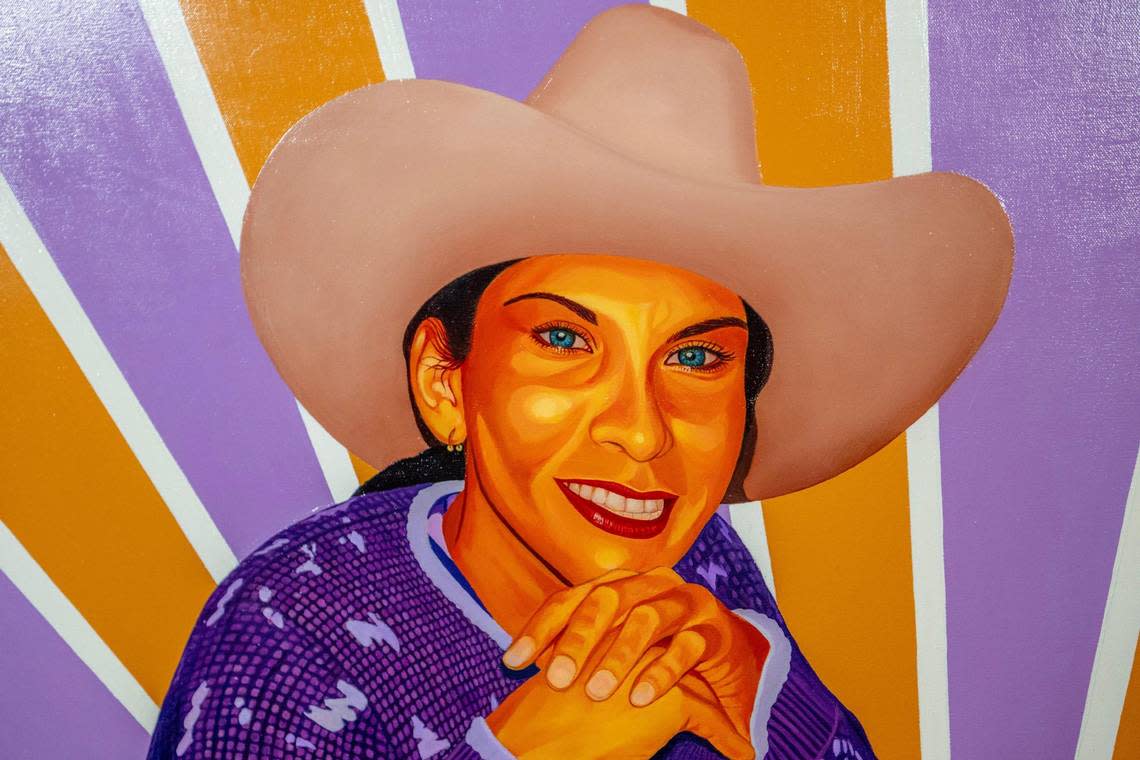
Tapia and Alvarez, as muralists, transform public spaces into vibrant reflections of their community’s identity and history.
“So it’s like being proud, but at the same time it’s like we’re in a cage,” said Alvarez.
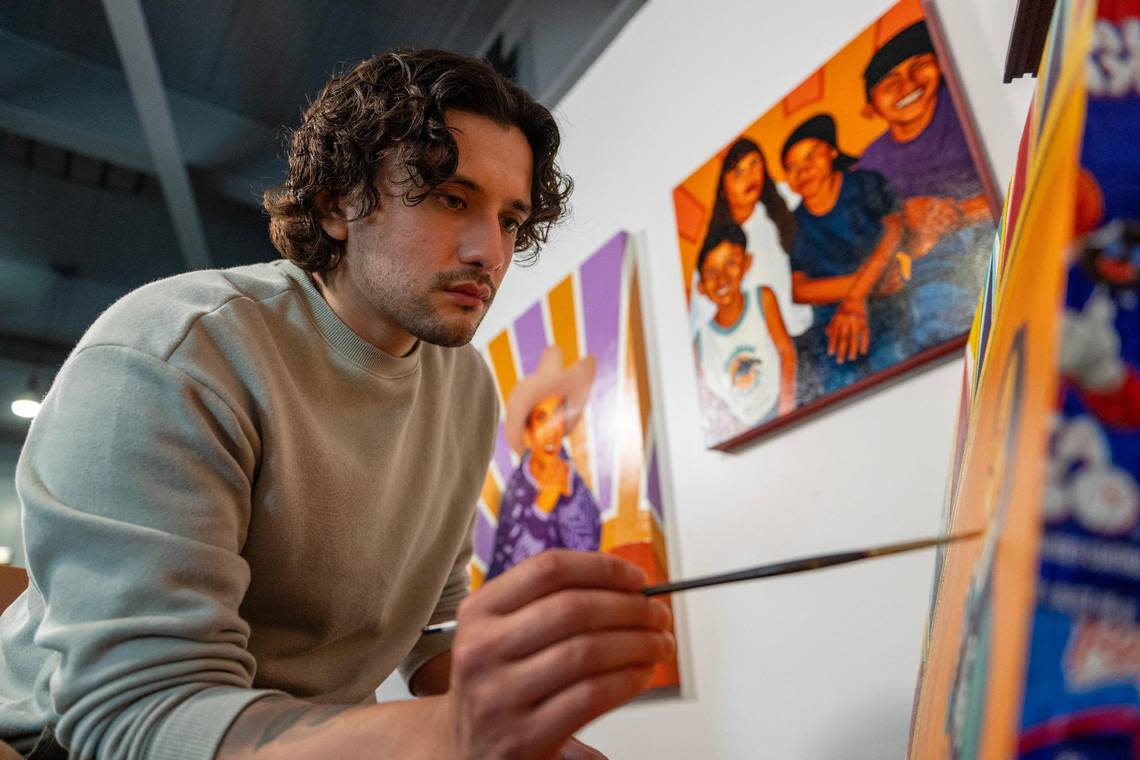
Cesar Velez paints with an expressive color palette. His parents brought him to the Midwest from Mexico, and he remains under DACA.
“I want to highlight the expressiveness of where I come from, of my family of my youth, just what it was like to actually grow up in America. Because before we knew that we were undocumented, we were normal kids and it was a really fun time and it was just a world of wonder,” Velez said.
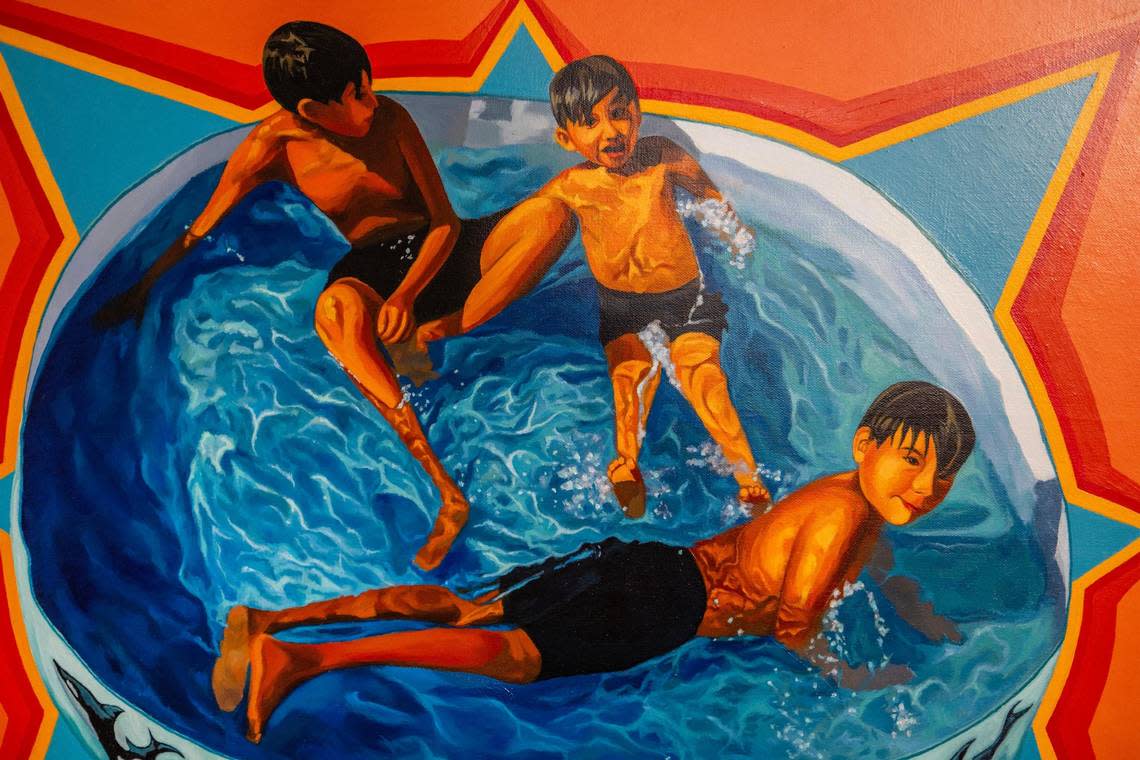
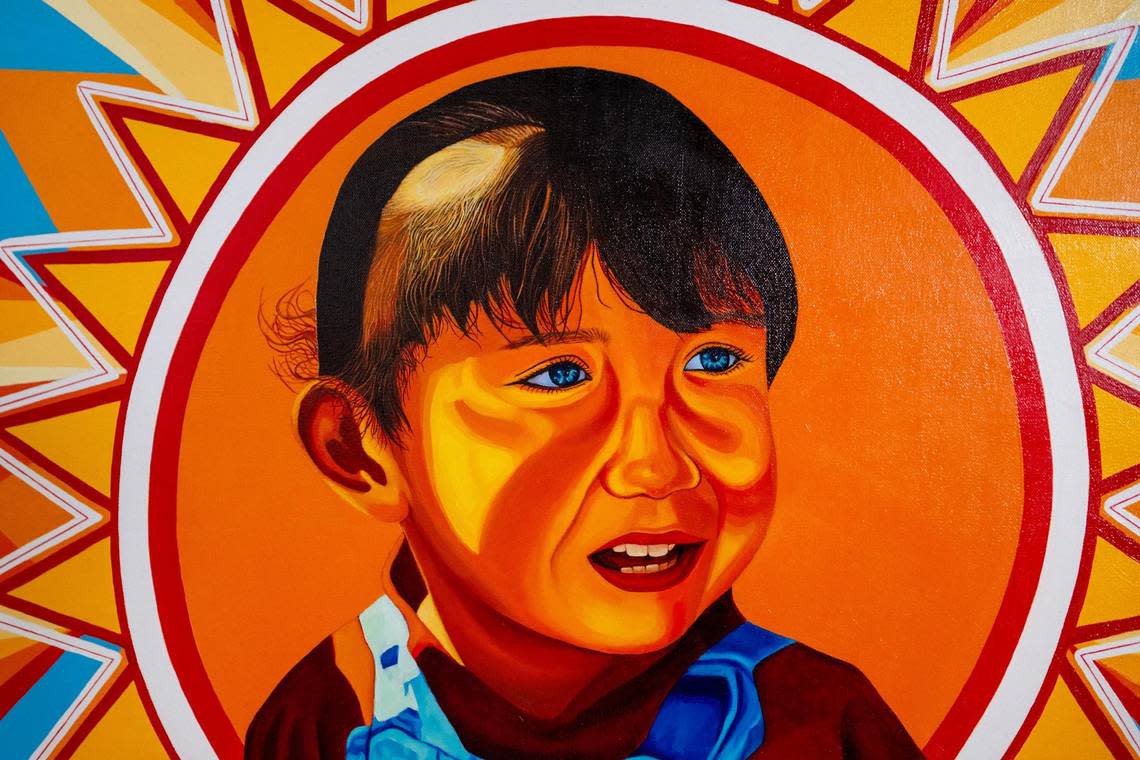
Velez’s art explores themes of identity, displacement and a sense of belonging.
Velez is set to showcase his work in the solo gallery exhibit “Movement Through Memory,” running Nov. 3 through Dec. 15 at Habitat Contemporary gallery, 2012 Baltimore Ave.
The artistic partnership between Tapia and Alvarez — It-Ra Icons — began in the summer of 2017 when they were tasked with creating two large-scale works at the Richardson Early Learning Center in Kansas City.
Since then, they have been commissioned for more than 40 mural projects across the Kansas City area. They focus on themes that pay homage to their communities and acknowledge their immigrant heritage.
Their work, along with several other Latino artists, is on display through next Sept. 8 in “A Layered Presence/ Una presencia estratificada” at the Nelson-Atkins Museum of Art.
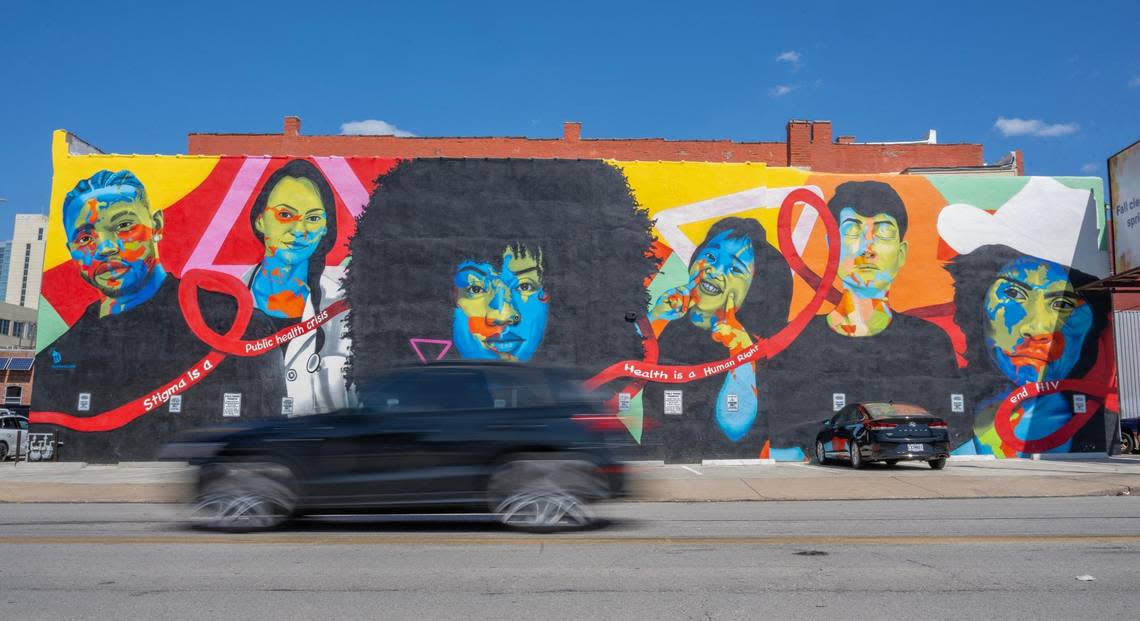
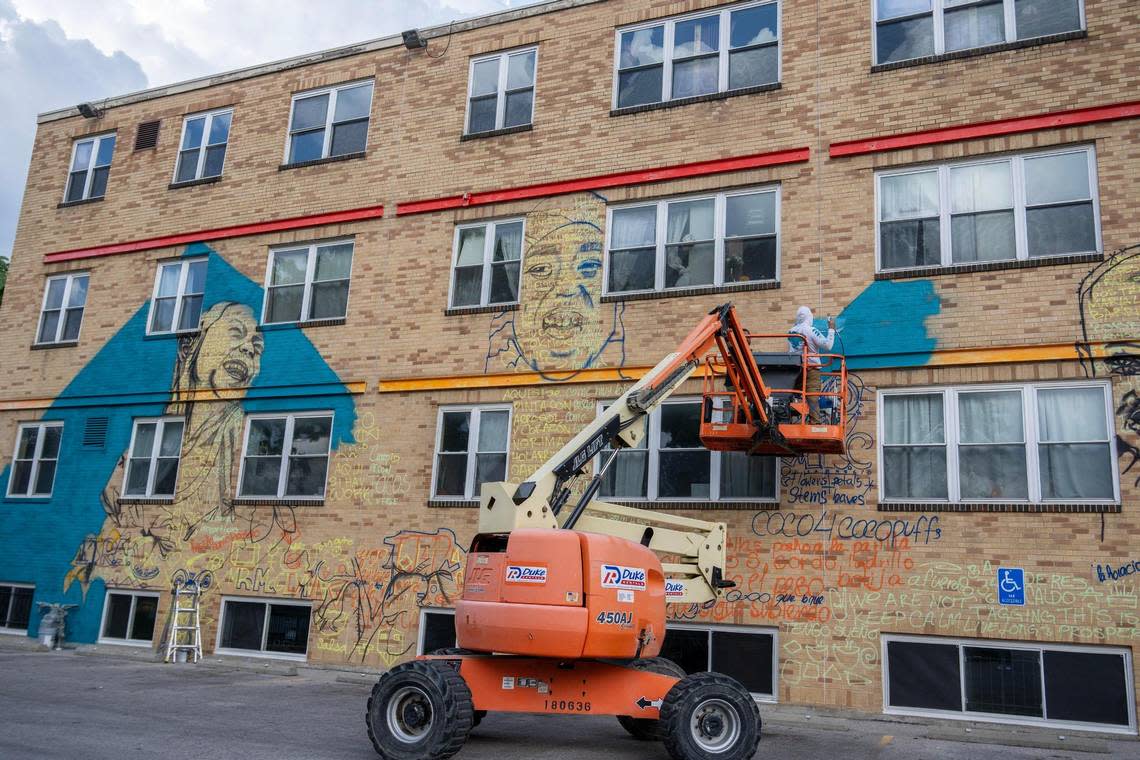
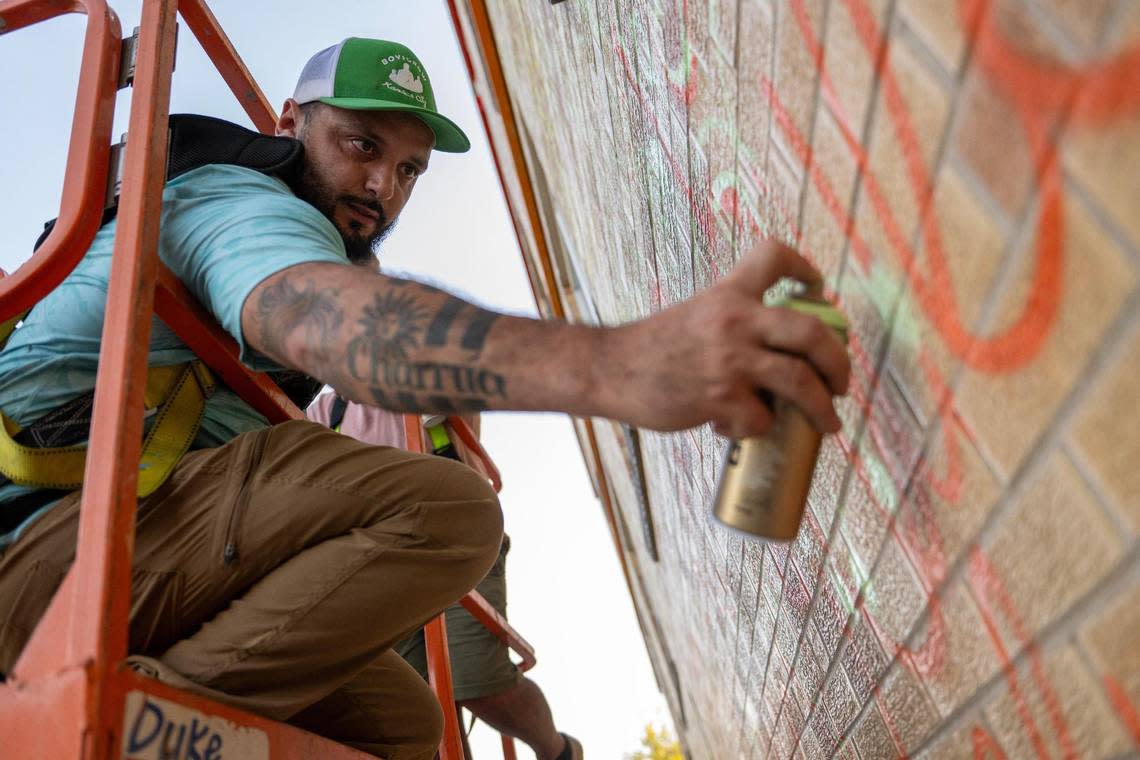
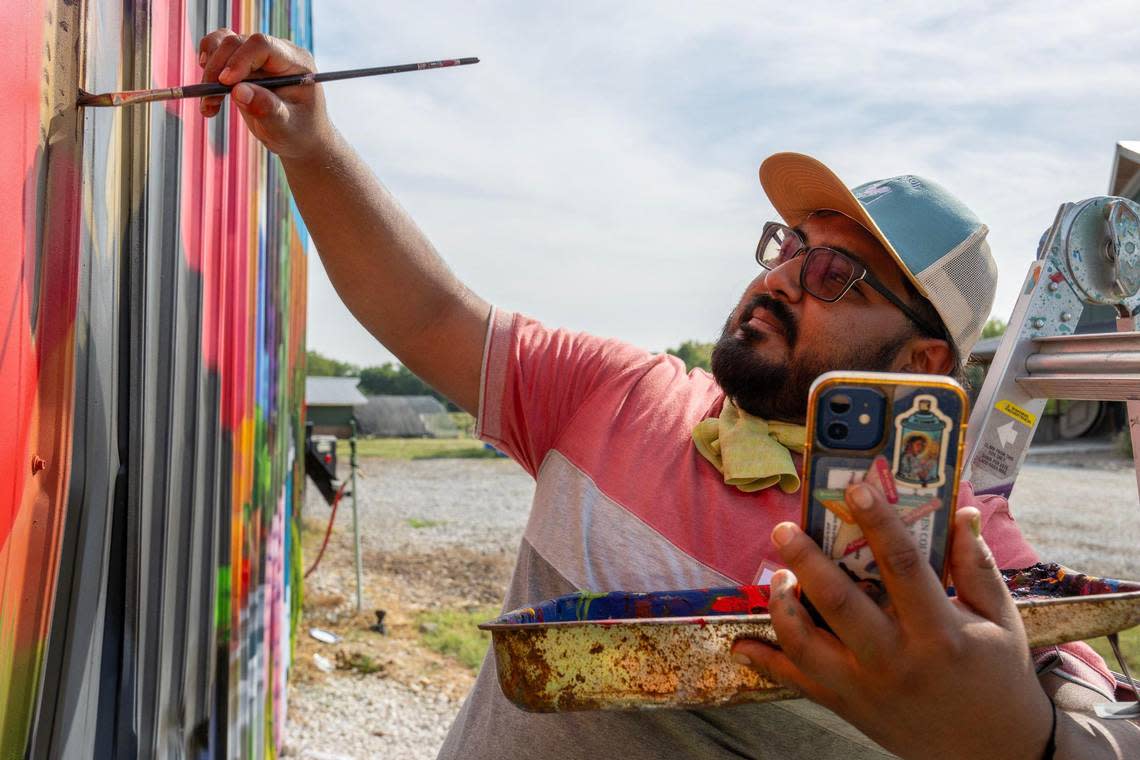
Other artists in the exhibit are part of MASA, or Migrating Assembly for Stories and Art, an art collective Latino artists launched last year. It’s inspired by the adaptability of masa dough in Latino cuisine, which can be transformed into various traditional dishes, most commonly tortillas, pupusas and tamales. The group’s members include painters, muralists, sculptors and illustrators. The group is not comprised wholly of DACA recipients but does include some members who are.
“We talk about how sometimes our culture is homogenized or presented in a homogenized form by the media,” said Edwing Mendez, the group’s creative director. “In a way, masa is this homogeneous object, but it also can still have a lot of nuance, it can have a lot of change and can exist in many different ways. And that was something that we just really like. It was just a really nice story and a nice analogy to what we talked about in our work.”
